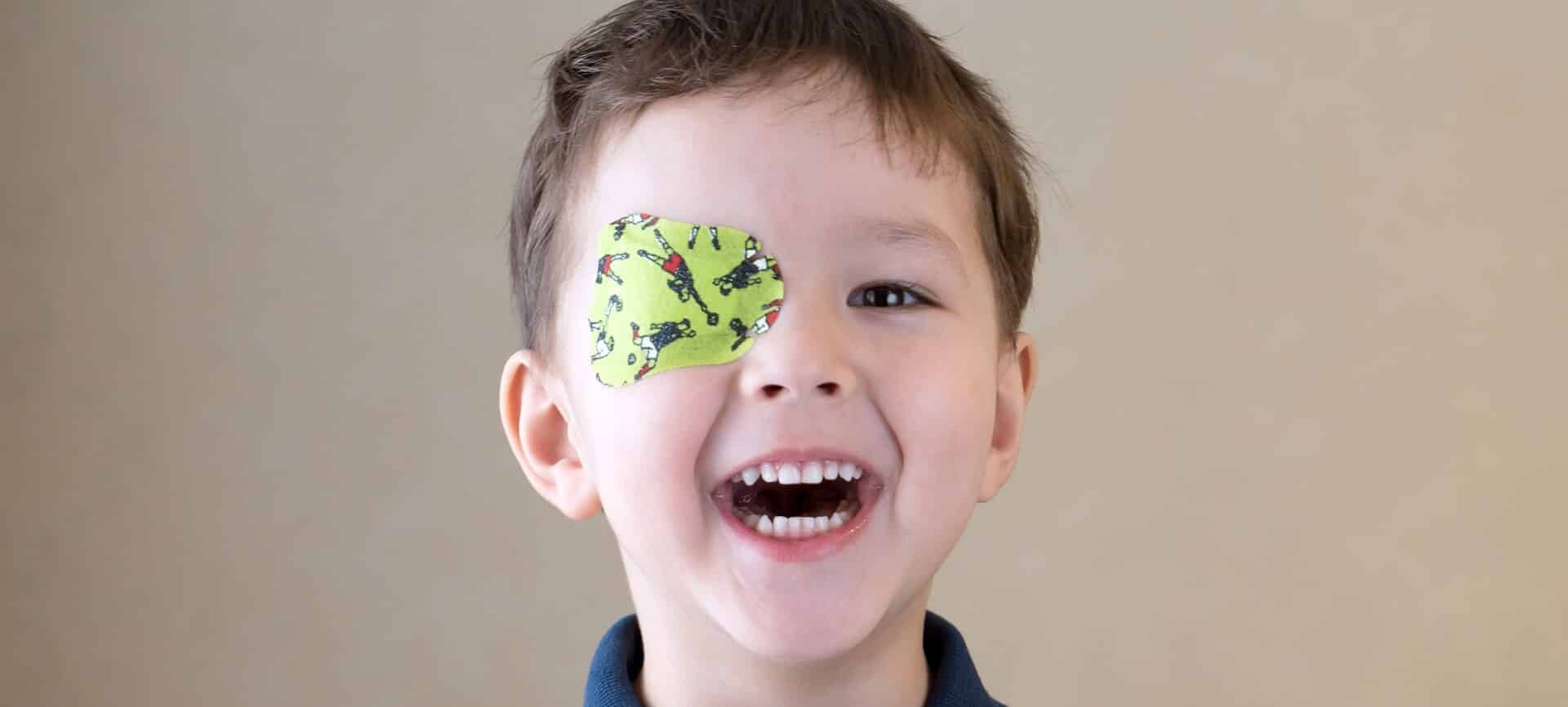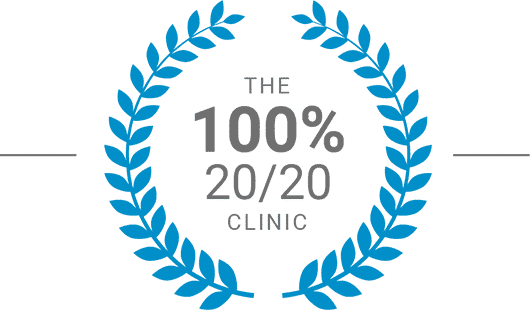Book Your Free Consultation
Mr David Allamby
MD, FRCOphth, FRCS
It’s important to remember that your child doesn’t have to be able to read or even talk in order to have an eye test. Children rarely complain about their sight which makes regular checks even more important, especially for determining conditions such as Astigmatism, where it’s hard to notice the symptoms.
Astigmatism is a common condition where the cornea or lens of the eye isn’t a perfect curve, causing blurred or distorted vision. Like nearsightedness and farsightedness, astigmatism is a refractive error, meaning it’s not an eye disease or eye health problem – it’s simply a problem with how the eye focuses on light.

Eyes are naturally spherical in shape, but the eye of someone who has this condition is shaped more like a rugby ball. This means that when light enters the eye it’s refracted more in one direction than the other, allowing only part of the object to be in focus – resulting in blurred vision. In most cases with children, astigmatism is inherited and is often present at birth. However if left undiagnosed, it can lead to a lazy eye.
Whilst this condition is often present from birth, the NHS has listed other potential causes such as:
You will probably not notice anything wrong with your child’s vision if they have signs of the condition. That’s not unusual as children will often accept poor vision without saying anything. After all, they may never have seen the world in focus so won’t know any different. However, children with this condition may experience symptoms including:
A number of tests can be used if astigmatism is suspected. Below is an overview of the two most common tests for children:

Almost all types of the condition can be corrected with properly prescribed glasses or special corrective lenses called toric lenses are prescribed. These corrective lenses bend the incoming light rays in a way that compensates for the error caused by faulty refraction so that images are properly received onto the retina. After performing the tests mentioned above, your optician will determine the ideal toric lens prescription for your child’s astigmatism. Glasses that are prescribed for this condition have greater strength in one direction of the lens than in the opposite direction. A prescription will have several numbers and will look something like this: -2.00 +2.50 X 90
Astigmatism is very common, with research suggesting most of us are born with some degree of it. Reading and concentrating at school may be affected if a child goes undiagnosed. Therefore, regular eye tests are extremely important for the eye health of your children.
Book a FREE* Consultation
To get a better idea of how we can help you, and also the different types of services we offer, book a consultation now.

100% 20/20 vision
Focus Clinic has a remarkable 100% success rate for 20/20 vision. We know of no other clinic that has matched these results. There is a big difference between, for example, 98% and 100% success, especially if you are in the 2%.

10 year guarantee
Your 10 Year Guarantee means you can return at any time if you have additional questions on the quality of your vision. If you have distance vision correction for short-sight then any repeat laser eye treatments to correct a return of myopia in the first 10 years are included free of charge.*

Most trusted eye treatment clinic
We have the highest trust rating of any ‘eye treatment’ rated clinic, according to independent review site TrustPilot. With an outstanding 9.9 out of 10, when it comes to your eyes, choose the clinic that actual patients trust the most.
*Terms and conditions apply, excludes any age-related changes and conditions unrelated to the primary treatment